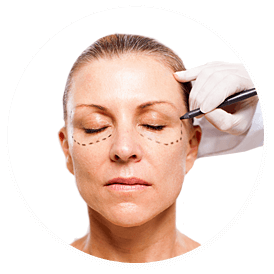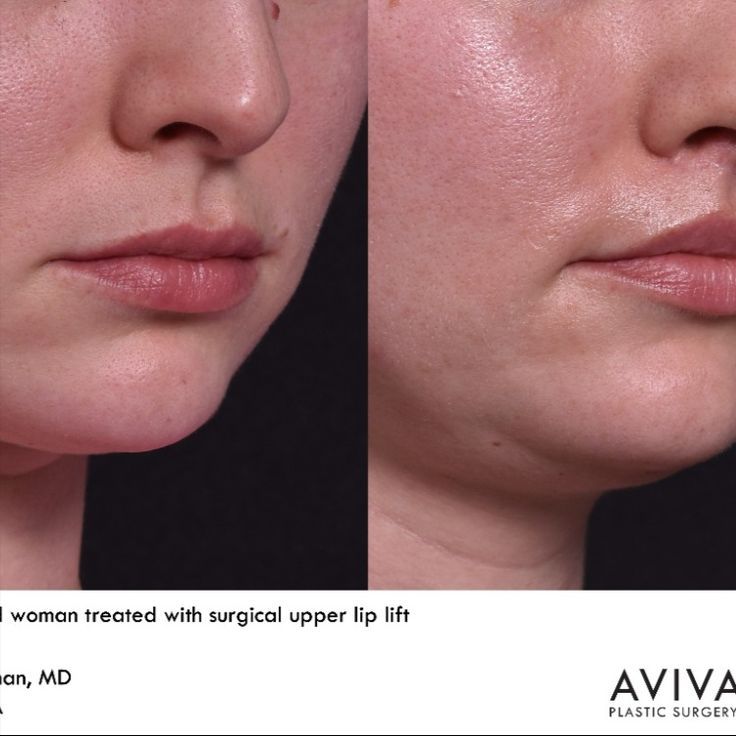
A nonsurgical procedure is an option if you aren't sure whether a browlift is right for you. These procedures, also called brow lifts, take only an hour to complete. In addition to the cost, the recovery period and potential complications of a brow lift surgery are also important information to consider. A clinic accredited by Joint Commission International (JCI) may be an option if you plan to travel internationally for the procedure.
Cost of nonsurgical brow lifting
While non-surgical browlifts are more affordable than surgical ones, there are some things you should consider when comparing them. A well-known surgeon might charge more and the results might not be as satisfactory as you would expect. Unattractive looks can lead to higher costs and more surgeries. It is more risky to opt for a cheaper procedure, because it could lead to a revision, which could increase the cost.
There are two options for calculating the cost of nonsurgical eyebrow lifts. This procedure is more expensive if you do not plan to wear makeup. There are additional costs beyond the actual procedure. These include the cost for pre- and/or post-operative treatment. This includes any medicines and supplies that you will need to take during the procedure, as well as any missed work and recovery time. It is possible that insurance might not cover hybrid procedures.

Recovery time after brow lifting
The type of procedure determines how long it takes to heal. For the first two week, avoid strenuous exercise. After two weeks, you might be able to walk for short periods and do light housework. In addition, you should avoid alcohol and smoking for at least two weeks. Post-operative swelling and bruising should subside in two to three days. Patients can also take the help of warm compresses to reduce swelling and bruising.
Recovery time for a brow lift varies. You should be aware that the procedure could result in an increased hairline or hair loss at the incision site. This issue can be addressed by your surgeon using scar removal or hair grafting. Anesthesia can cause bleeding, infection, or adverse reactions. Brow lifts are not recommended for everyone. You should fully disclose your medical history to your surgeon before undergoing the procedure. Your doctor may prescribe painkillers or anti-inflammatories. The procedure may include a drain tube.
Brow lift complications
The recovery time for browlift surgery is dependent on the procedure used and whether additional procedures were done. The procedure may cause bruises and bruising, which will likely fade in two to three weeks. You can shower on the day of surgery. A hair conditioner can be applied to the area to minimize the risk of having matted hair. Light exercise is allowed, and light exercise may be started two to three weeks following the procedure. The fourth week is the best time to start more strenuous exercise.
The procedure of brow lifting is performed under general anesthesia, intravenous sedation or twilight sedate. As needed, the surgeon will make incisions along the brow line and browbone and lift the skin and deeper layers of the forehead. The scarring from a browlift is common, but should fade once the hairs have recovered. In the past, the major concern associated with a brow lift was the scar.

Travelling abroad to have browlift surgery
Traveling abroad can be a great option when you are looking for the best surgeon to perform a brow lift. The procedure is extremely safe, with a success rate of 92%. Patients who are interested in cosmetic enhancements to the face or brows can travel abroad, although there is a risk of complications. Listed below are some of the advantages of traveling abroad for brow lift surgery.
Most common side effects of browlift surgery include bruising, swelling and scarring. Revision surgery may be necessary if there are any risks such as infection, nerve injury, or facial asymmetry. Talk to your surgeon if you have questions. Patients may experience some swelling and bruising after surgery. This can last up to 2 weeks. Patients may experience an increase in hair loss around the incisions, as well as a loss of sensation near the surgery area.